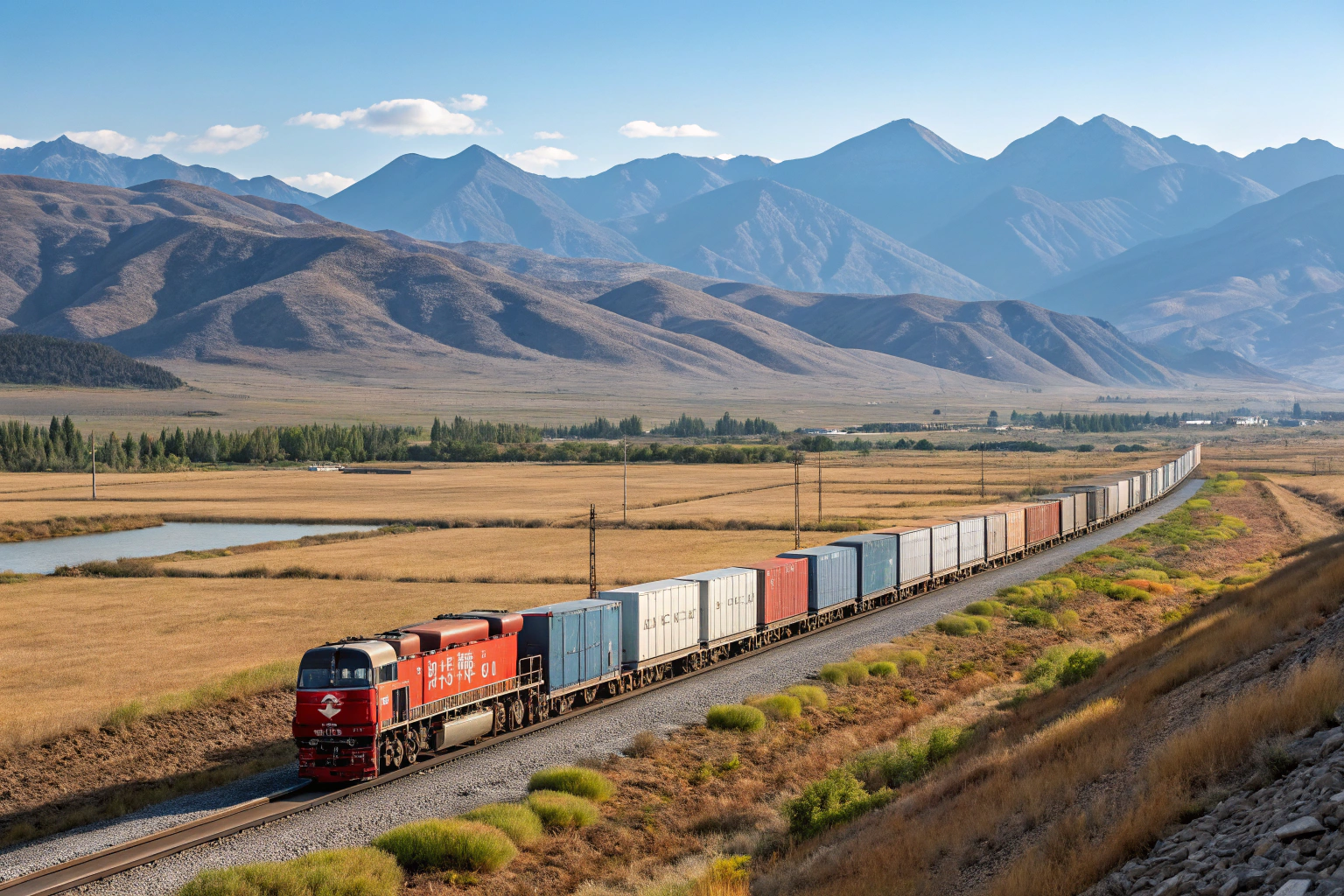Rail freight has grown into a major transport choice between China and Europe. Many importers see it as a middle option. It is faster than ocean shipping and cheaper than air freight. For this reason, more businesses are testing this route. The main question remains: is it reliable?
Rail freight from China to Europe is fairly reliable. It offers stable routes, faster transit than sea, and strong government backing. Yet, it also faces challenges such as customs checks, border delays, limited space, and political risks.
The following sections explain the strengths and limits of this transport mode.
What Makes Rail Freight an Attractive Option?
Rail freight balances cost and speed.
It is quicker than sea freight but often far cheaper than air freight.
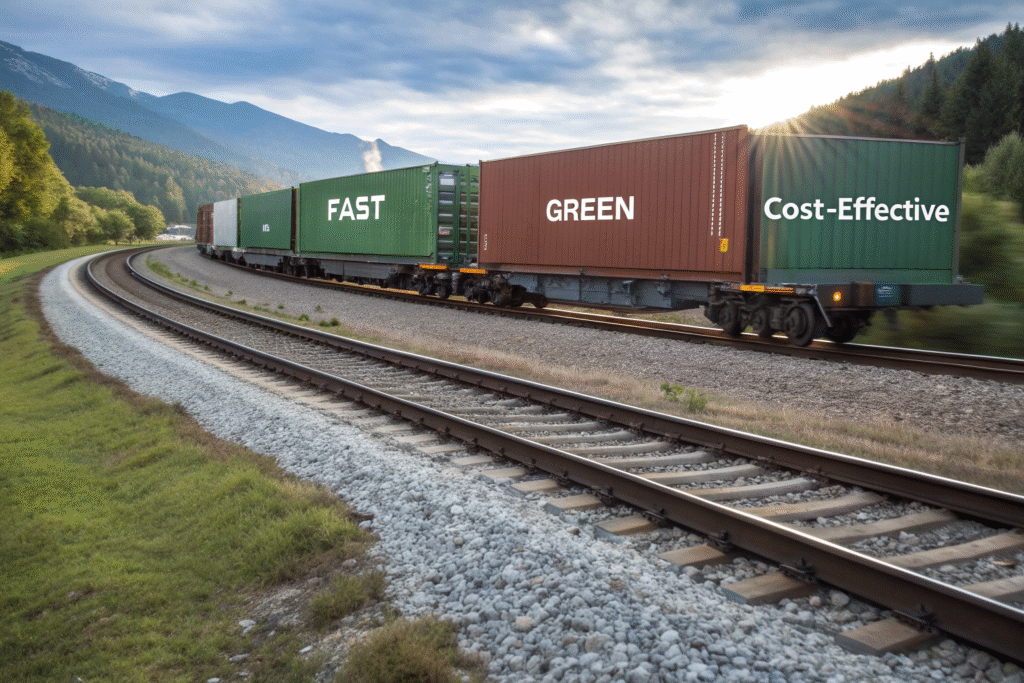
Why Is Rail Faster Than Sea Freight?
Trains move goods in about 15 to 20 days. Ships often take 35 to 45 days. Importers gain an advantage when they can react quickly to market demand. RailFreight.com reports steady growth of these services.
How Does Rail Support Green Logistics?
Rail produces fewer emissions than air freight. Many companies use it to cut their carbon footprint. Reports from the European Environment Agency show rail as a more sustainable mode of transport.
What Challenges Affect Rail Reliability?
Rail freight is reliable, but it is not perfect.
Customs checks, weather changes, and border controls can all cause delays.
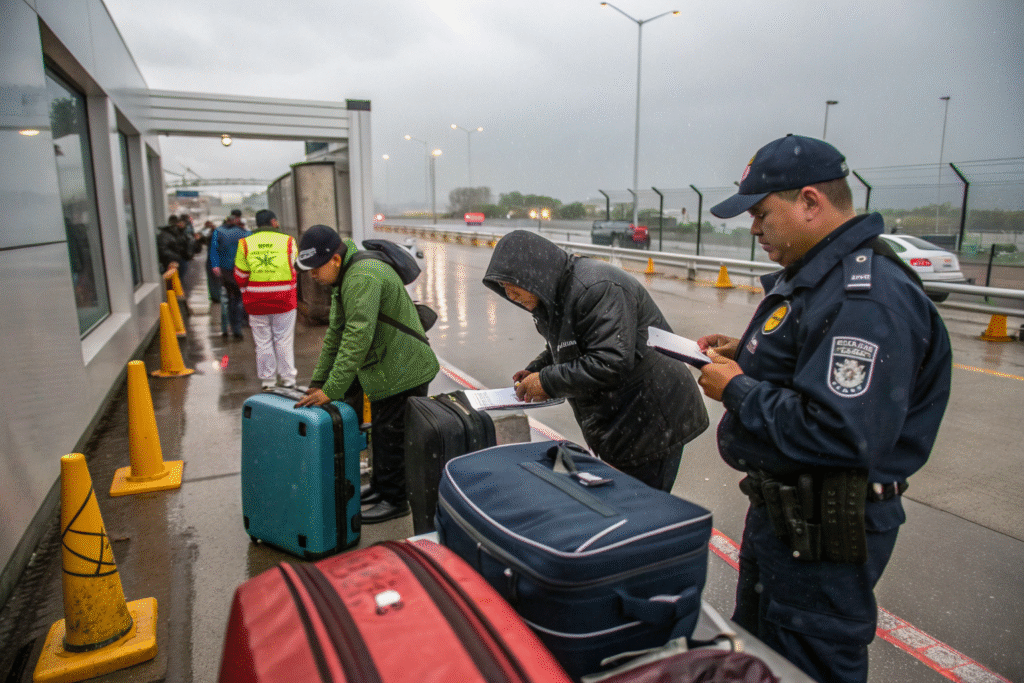
Why Do Borders Slow Down Trains?
Trains cross many countries on this route. Each country has its own customs rules. Inspections often create waiting times. The World Customs Organization works to simplify procedures, but gaps remain.
How Do Capacity Issues Impact Service?
Demand for rail keeps growing. Sometimes, there is not enough space for all shippers. This problem is stronger during peak trade seasons. Railway Gazette reports frequent limits on capacity.
How Do Geopolitical Events Influence Rail Freight?
Rail depends on international stability.
Most trains run through Russia and Central Asia, so political issues in these regions can affect the service.
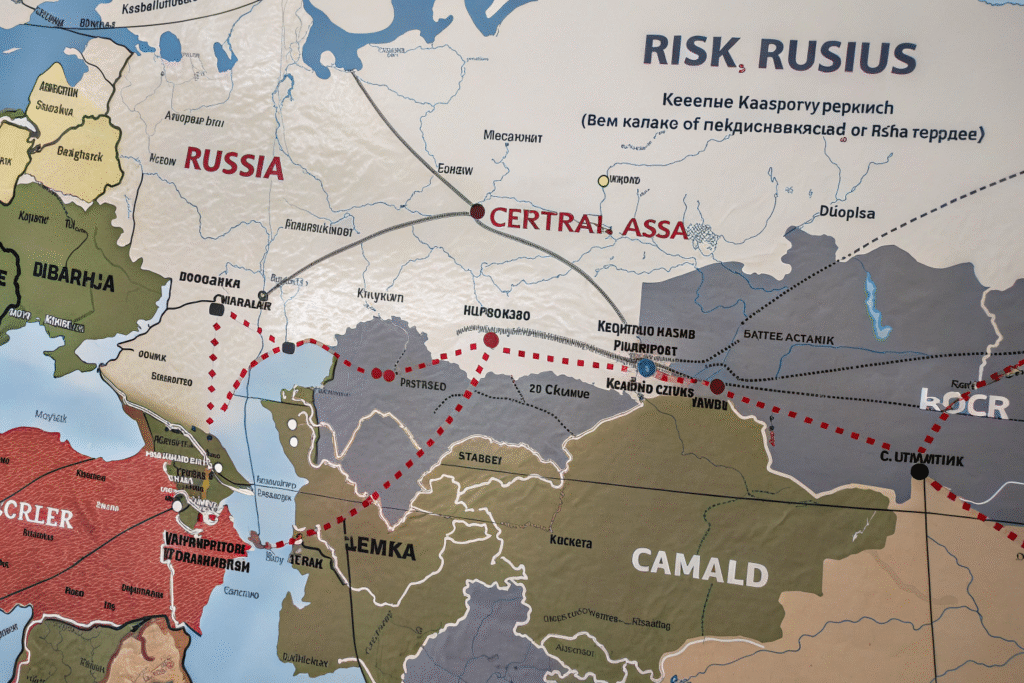
What Risks Come From Political Tensions?
Trade disputes, sanctions, or conflicts can block or slow down routes. Importers sometimes face longer transit or higher costs. Updates from the European Commission show how global politics shape transport choices.
Are There Alternative Routes?
Yes, southern routes are being developed. These pass through Turkey and Central Asia. They reduce dependence on northern lines, but they are less mature. The International Union of Railways tracks the progress of these projects.
Is Rail Freight Suitable for Small and Medium Businesses?
Rail freight can work well for smaller firms.
It suits medium-sized shipments that are too costly by air and too urgent for sea.
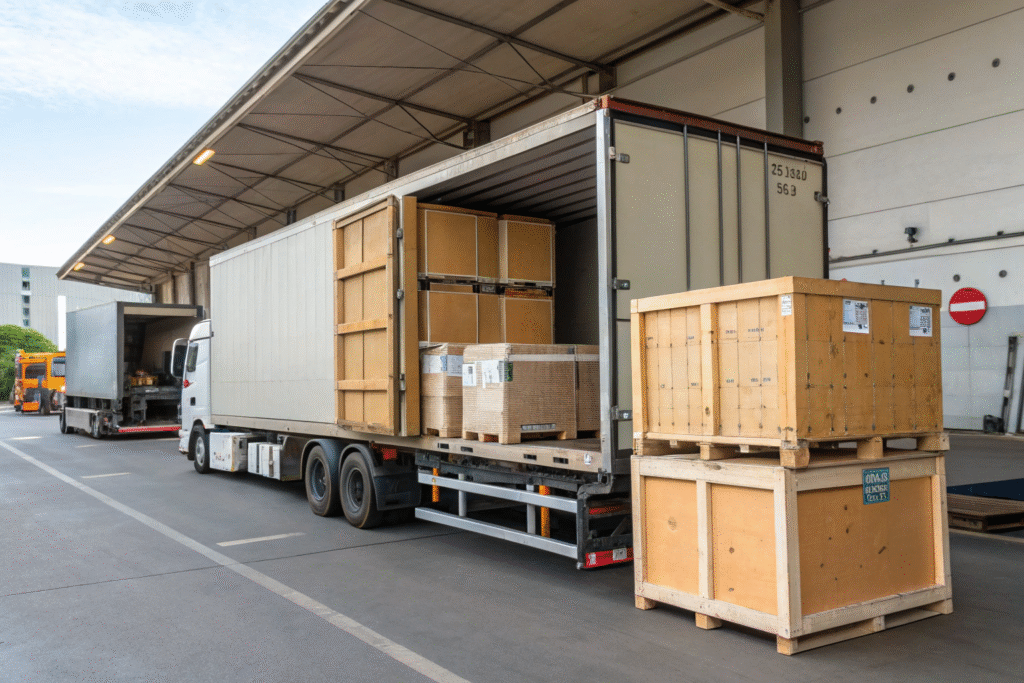
How Can SMEs Benefit from Rail?
Small and mid-sized firms often use shared containers. This lowers the cost per unit. Rail keeps products moving faster than ships, but without the price of air cargo. Freightos allows importers to compare rail with other options.
What Should Businesses Watch Out For?
Delays at borders or lack of capacity can create problems. Planning ahead helps. Working with an experienced freight forwarder also reduces risk. Trade.gov stresses the role of strong logistics partners.
Conclusion
Rail freight between China and Europe offers a mix of speed, cost savings, and sustainability. It is faster than sea, cheaper than air, and backed by strong networks. At the same time, it carries risks such as border checks, space shortages, and political tensions.
For many businesses, rail is a smart balance. The key is to plan ahead and work with a reliable forwarder. By weighing benefits and limits, importers can decide if rail fits their supply chain needs.
